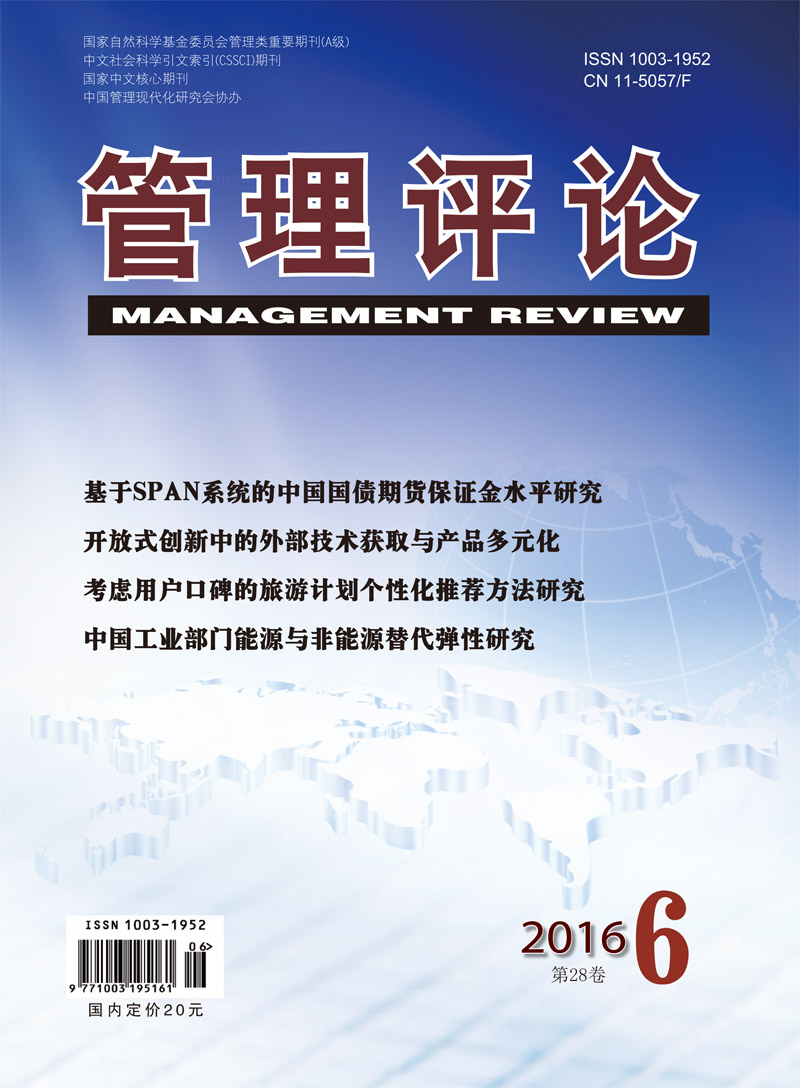The sound development of the Internet payment market depends on consumers' rational behavior choice. By integrating the traditional consumer behavior model, TAM/TPB, and internal characteristics of consumers, perceived risks are classified into two types, namely, functionality and emotionality risks. This study discusses the effects of the three important factors, namely, perceived characteristics, perceived risk and trust, on the consumer's behavioral intention, as well as the logical relationships among the leading factors. Also, a structural equation model is used for testing. Results show that consumers' trust is the first critical factor to determine their behavior choices. Different dimensional perceived risks have dynamic influences on trust, in which the functionality risk shows more negative influence on trust than the emotionality risk, and different perceived characteristics also affect trust. Therefore, a policy conclusion can be drawn from the results that the levels of consumer's perceived characteristics can be improved only when the market participants, for example, the government, enterprises and consumers, cooperate closely, meaning that their legal interests can be guaranteed and perceived risks can be reduced significantly, and in return to enhance trust directly, and consequently to promote the actual occurrence for behavioral intention.

